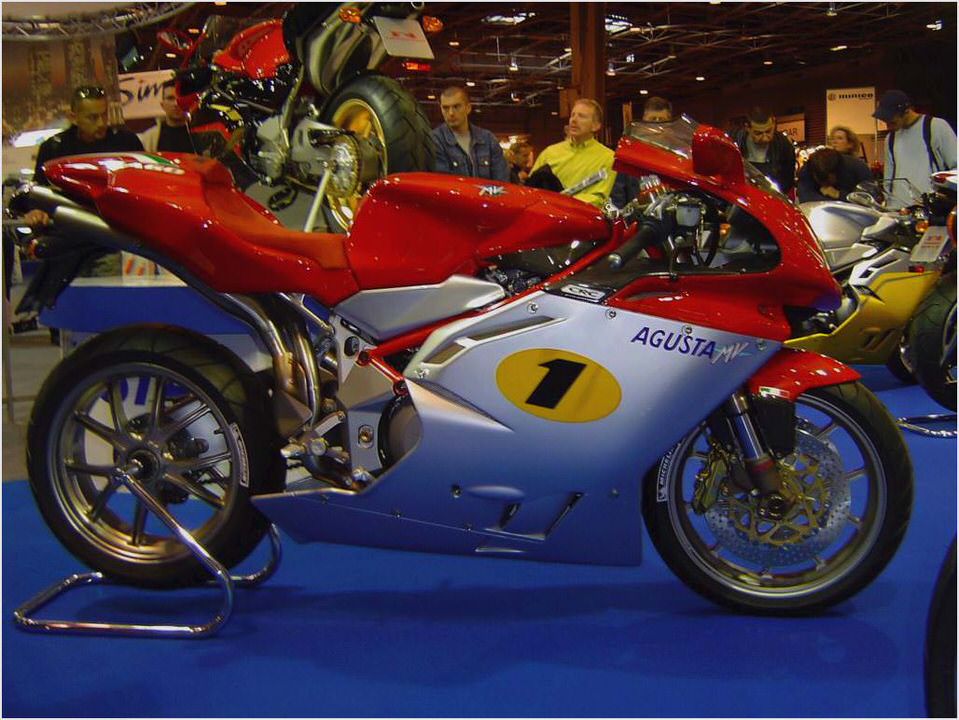
MV Agusta I
MV Agusta was founded on passion – mostly, the passion of one man, Domenico Agusta. The family already had an aviation company which was rather successful in Italy and Europe as a whole. The company was originally founded in 1907 by the Domenico’s father, Count Giovanni Agusta – remarkable considering the first flight of man was in 1903.
The company was very small through its first years, but in 1919 it was organized as Construzione Aeronautiche Giovanni Agusta.
Most of the early work was on maintenance for the Italian military, but they did produce several models of airplane and – after World War II – became one of the most important aviation companies in Europe mainly by building fantastic helicopters. However, by that time the motorcycle company was no longer connected with the aviation side.
The patriarch of the family, Count Giovanni, died in 1927, leaving the company to his sons, Vincenzo and Count Domenico Agusta. Together, they started the motorcycle business within the company in 1945 – right after the war, as Domenico had already seen that the war was lost for Italy and the company would have to do something to survive.
They named their new venture MV Agusta – the MV standing for Meccanica Verghera, in case anyone ever asks you this – and had created the company originally to keep the workers at the now shuttered Augusta aviation business (it would be revived later and go on to great success) working and to fill the need for cheap and reliable transport in post-war Italy. It was more than just that, though; it was something which both of the brothers enjoyed.
They loved motorcycles and machinery, and they loved to work with their hands. It was a good match.
MV Agusta 1954 CSLT
The first motorcycle they developed was known as the Vespa – yep, until Piaggio sued as they had already trademarked the name for their scooters. It was named this way as it was a tiny 98c.c. two-stroke and it buzzed like a wasp – thus the Italian word for wasp, Vespa. It was called the MV98 from then onwards and was the basis for a line of MV Agusta motorcycles.
The little bike established MV Agusta as a motorcycle company. It was already ready to be released in late 1945 because the development had started in 1943, during the German occupation.
MV Agusta Disco Volante 73cc 1956
It was not long before Count Domenico wanted to start racing; he truly loved racing motorcycles. Soon after the company entered into competition, he hired Englishman Les Graham – the very first 500c.c. World Champion – to ride for MV Agusta.
Graham led MV to sign Cecil Sandford, also from the U.K. Sandford won MV Agusta’s very first World Championship in the 125c.c. class in 1952. It was the beginning of many titles in the FIM Motorcycle Grand Prix (now known as MotoGP).
If you look closely at any MV Agusta motorcycle, you will see an emblem with stars contained within it, and the stars number 37 to go with 37 manufacturer’s World Championships.
The next victories came in a slow succession as they took the 125 c.c. title in 1953 and 1955; 250c.c. in 1955 as well. It was to get better, though, with the advent of the MV Agusta four-cylinder four-stroke engine. It varied more than it may seem, but it was always a masterpiece of current motorcycle racing technology.
The ‘MV four’ is considered a classic racing motorcycle and is now a very sought after artifact from what some call the Golden Age of motorcycle racing.
To allow the racing, MV Agusta produced street-going motorcycles and scooters, which they sold to the public. In fact, the only reason they actually sold motorcycles was to fund the racing effort that was so close to Count Domenico’s heart. It should also be noted that, back in 1950, Arturo Magni and Piero Remor joined MV Agusta after leaving Gilera.
This would be important as these two engineers were most responsible for not only the race bikes, but also the street-going motorcycles MV produced. Their race machines and the standard street bikes actually had little in common at this time. The race machines were basically unobtainable to the public, with only a few exceptions.
Some examples of the production motorcycles which were sold are the Chicco scooter (1960), the 250c.c. and 300c.c Raid single (1957 – 1961), and the 175 CSTL Turismo (1953). These were all single-cylinder engines, as were many of the race bikes of the era. It was when the four-cylinder MV 500 Four hit the racing circuit that it really got interesting.
Remor and Magni had both worked at Gilera, and they had a very powerful and relatively reliable four-cylinder four-stroke 500c.c. racing motorcycle. It was known simply as the Gilera 500 Four and it was winning races – and at least six championships. These two new men at MV had intimate experience with the machine when they started to work at the factory.
So, when Remor started to develop an all new engine for the Grand Prix races, he went with what he knew and designed the engine similar to the Gilera 500. In fact, in today’s litigious environment, Gilera would have sued them and probably won, but that was 1950 and things were very different.
Before we talk about him, though, we need to address his predecessors. This man helped to build the MV 500 Four into the powerhouse it became. John Surtees joined MV Agusta in 1956 and raced his first race for them in his home nation of England. In that first year he also won the 500c.c.
World Championship for MV. In fact, he retired from racing motorcycles while still with MV Agusta in 1960. During his time there, he won 7 championships for the marque and helped them develop their Blue Riband motorcycle, the MV 500 Four. After Surtees (still the only human to win a World Championship in both two and four-wheeled racing series) retired, MV Agusta also signed Gary Hocking and Mike ‘the Bike’ Hailwood.
Hocking was not with them for long as he retired in 1962 (and died a mysterious death in a Lotus F1 car), but Hailwood won four championships for the company and only moved on to Honda once MV had decided to sign the ultimate motorcycle racer mentioned above – the greatest of all time (GOAT), Giacomo ‘Ago’ Agostini.
Ago brought a great deal of attention to MV Agusta. It cannot be denied that MV was already a very well-known and respected motorcycle manufacturer, but when Agostini was winning all of those races, people really paid attention. He left the team to join Yamaha in 1973.
By that time, MV Agusta had a solid line-up of street-going motorcycles.
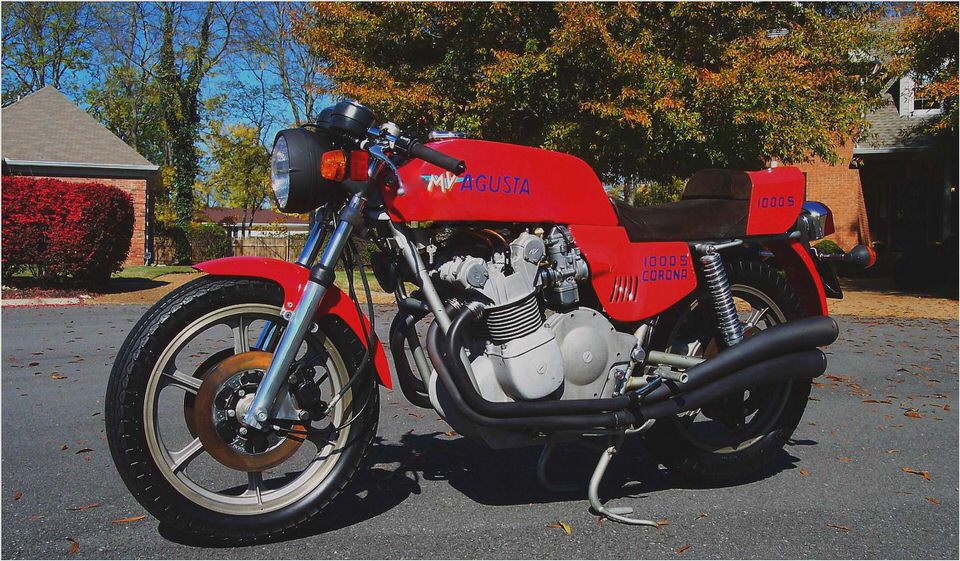
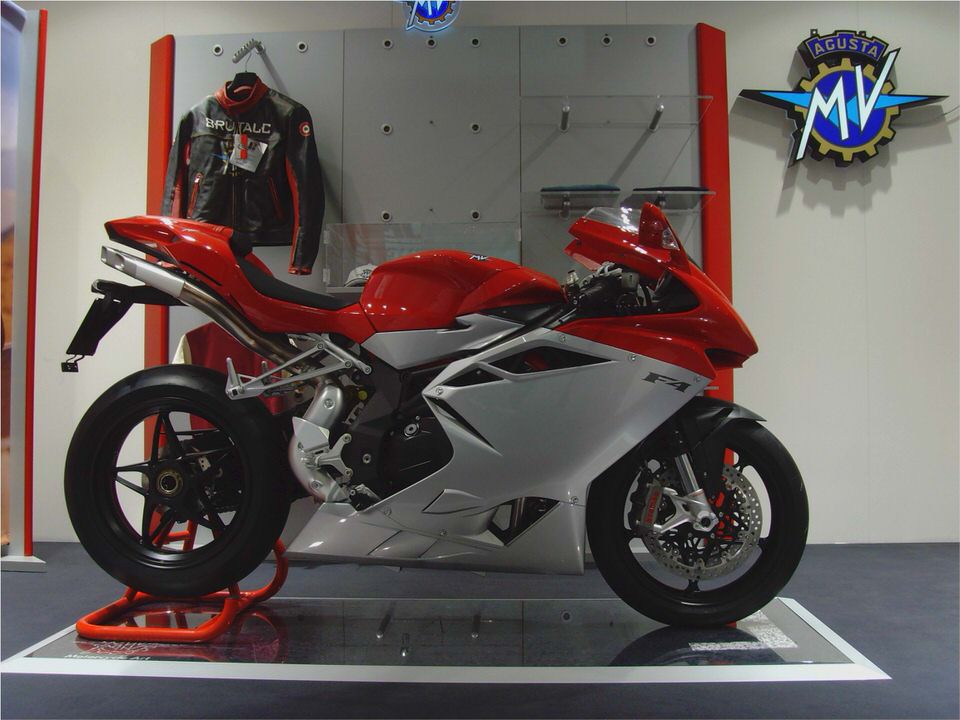
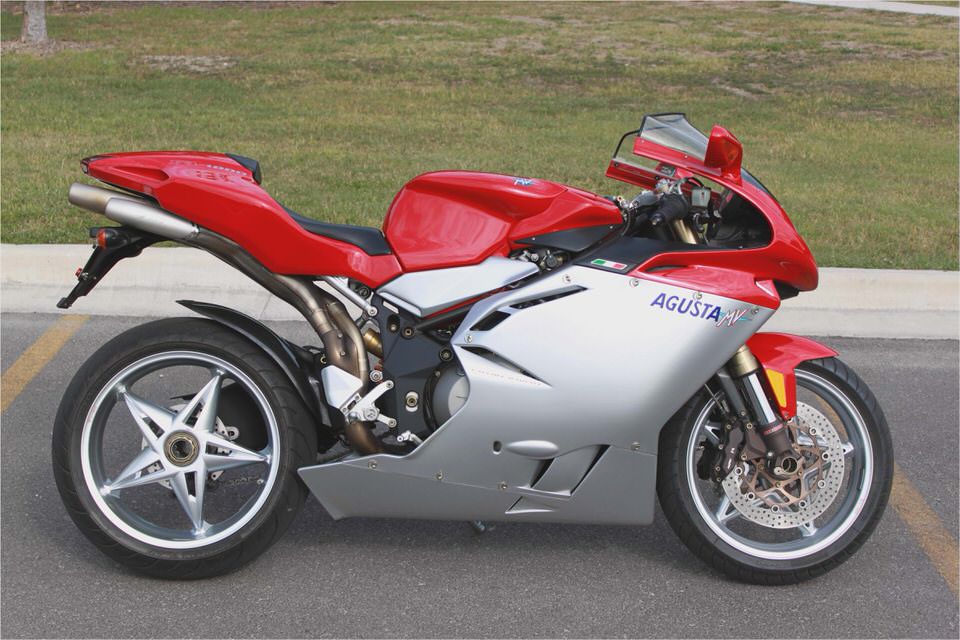
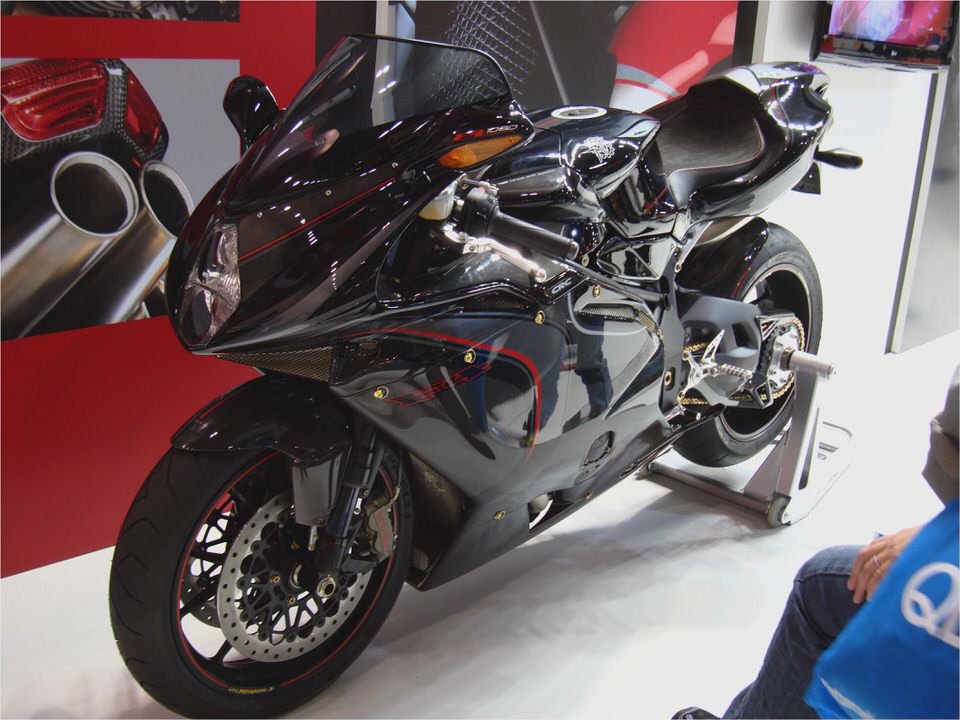
- 2010 MV Agusta F4 1000 Mallory Park track test – Road Tests – Visordown
- 2009 MV Agusta F4 RR 312 1078 (F4 1078RR) Motortrend
- 2014 MV Agusta F3 800- First Ride Review- Photos
- MV Agusta F4 1000 Mamba motorcycle Spares and Parts Ads for MV Agustas…
- 2013 MV Agusta Brutale 1090, 1090R and 1090RR CPU Hunter

